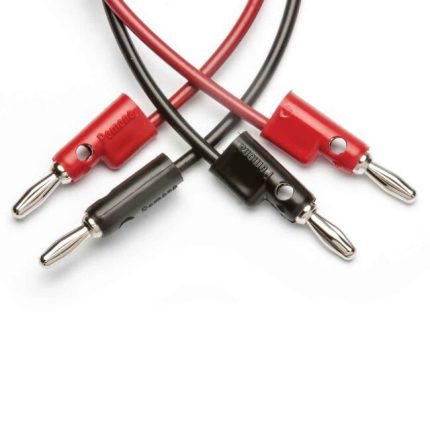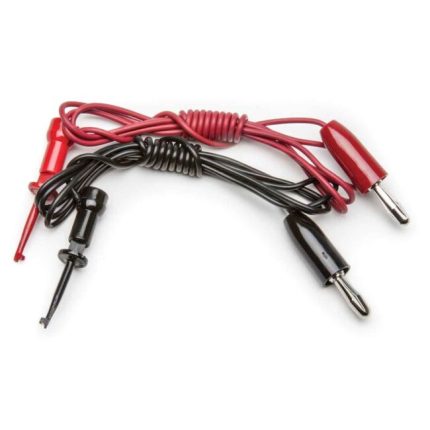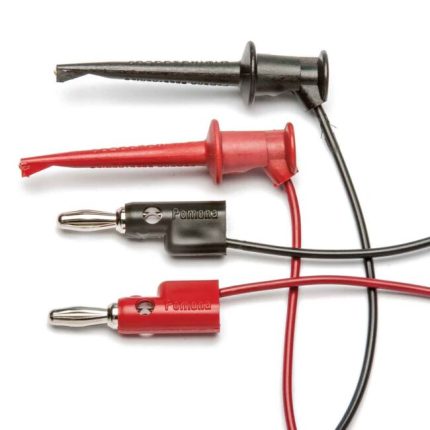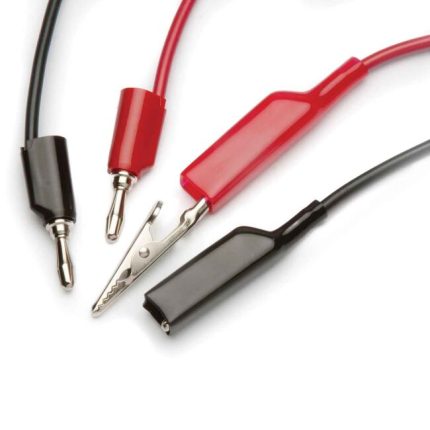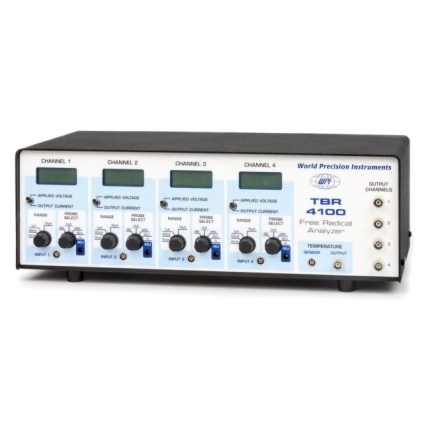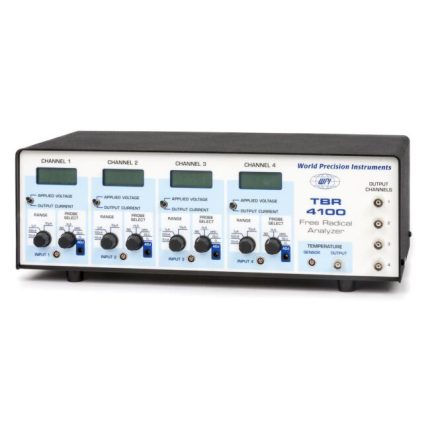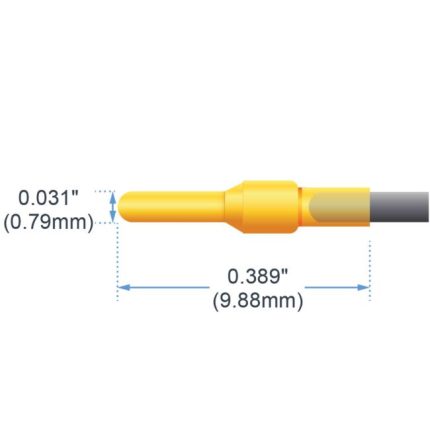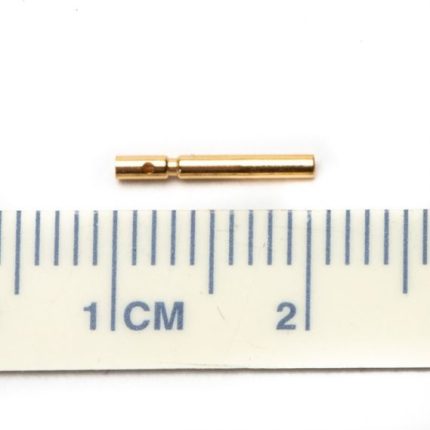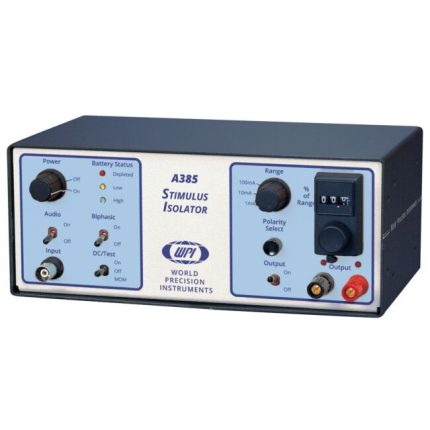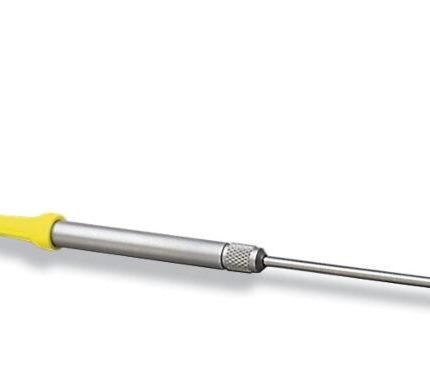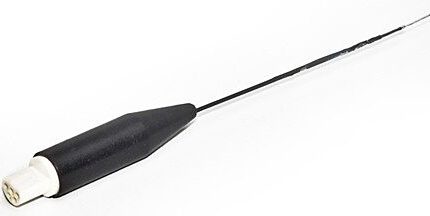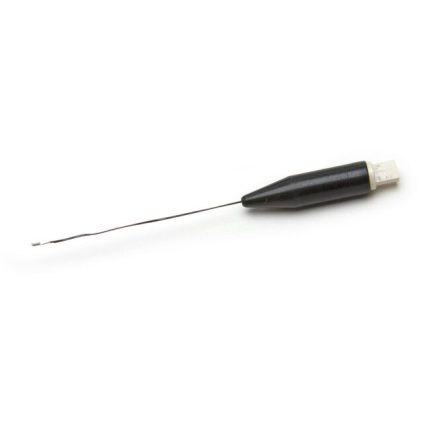FOUR-CHANNEL FREE RADICAL ANALYZER
Сatalog number:
TBR4100-416
FOUR-CHANNEL FREE RADICAL ANALYZER WITH LAB-TRAX4/16
Fast, reliable, real-time detection – measure redox-reactive species
Real-time detection and measurement of a variety of redox-reactive species is fast and easy using the electrochemical (amperometric) detection principle employed in the TBR4100. This optically isolated four-channel free radical analyzer has ultra low noise and independently operated channels.High Current Stimulus Isolator
The A385 is an optically isolated current source, which can generate up to 100 mA of unipolar or biphasic constant current pulses or DC. Pulse duration is controlled manually or by an external 5V command. Output current amplitude is determined by a 3-digit 10-turn potentiometer. Maximum output voltage between the stimulating electrodes is +36V.
Сatalog number:
ISO-HPO-2
HYDROGEN PEROXIDE MACRO SENSOR
Direct quantitative measurements of hydrogen peroxide in biological samples
Despite the recognized importance of this oxidant in biology, real-time measurements at low concentration have been difficult. The hydrogen peroxide sensors developed by WPI are designed to compliment existing high sensitivity fluorescent approaches with direct quantitative measurement in biological samples in the low nM range.HYDROGEN PEROXIDE MICROSENSORS
HYDROGEN SULFIDE SENSOR
About Hydrogen Sulfide
Although hydrogen sulfide is generally thought of in terms of a poisonous gas, it is endogenously produced in many mammalian tissues. It has been detected in micromolar amounts in blood and brain tissue. Hydrogen sulfide is reported as having a broad range of biological functions and although its potential to participate in cell signaling is clear, this biological role is not well understood. Hydrogen sulfide is strongly anagolous to nitric oxide because they share several physical and metabolic properties.
Сatalog number:
IGS100
IGS100 IMPLANTABLE GLUCOSE SENSOR
Measuring glucose in vivo over the long term is challenging and difficult. Previous measurement systems were limited to acute studies or a few days at best. WPI introduces a new kind of implantable glucose sensor based on a patented technology. This sensor provides a tool for researchers to directly detect glucose in chronic studies in vitro or in vivo. The sensor is fully compatible with WPI’s TBR systems.

